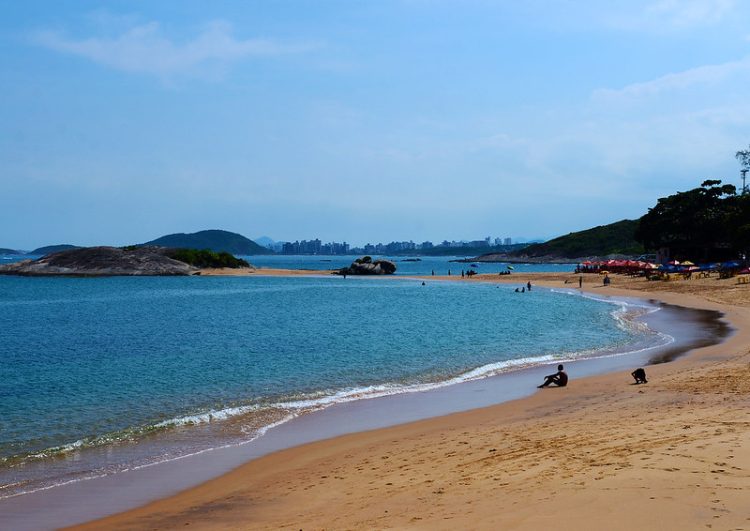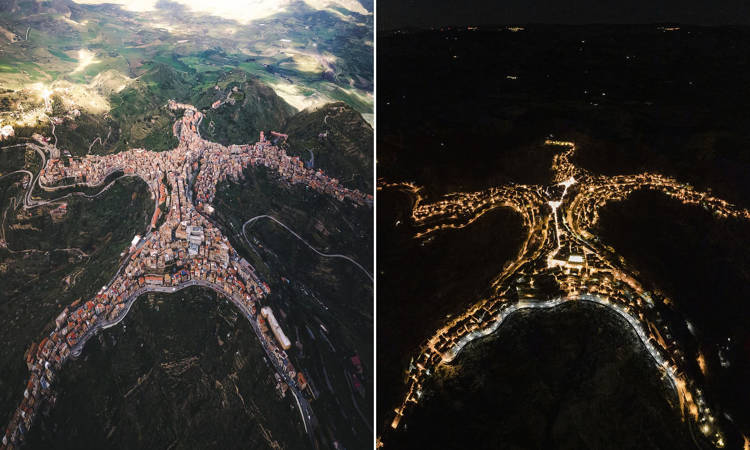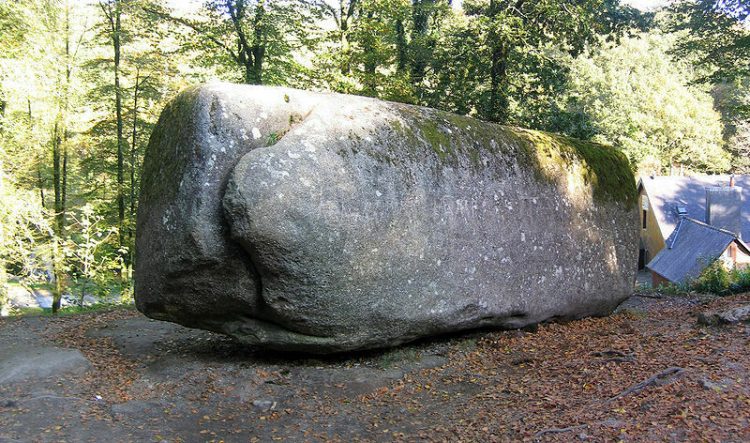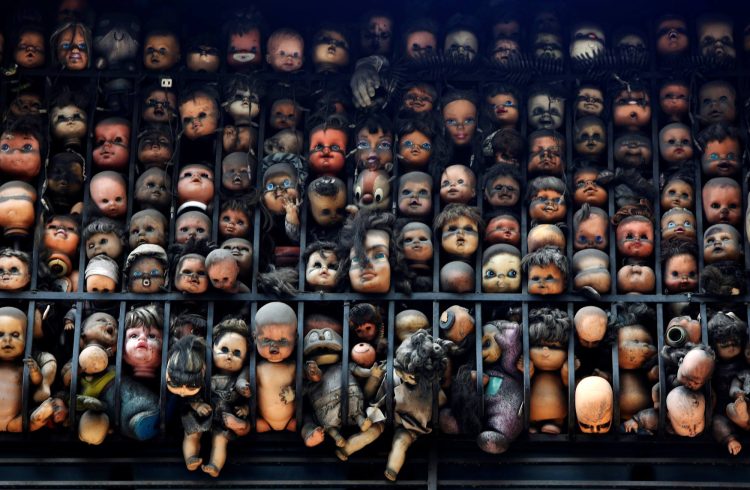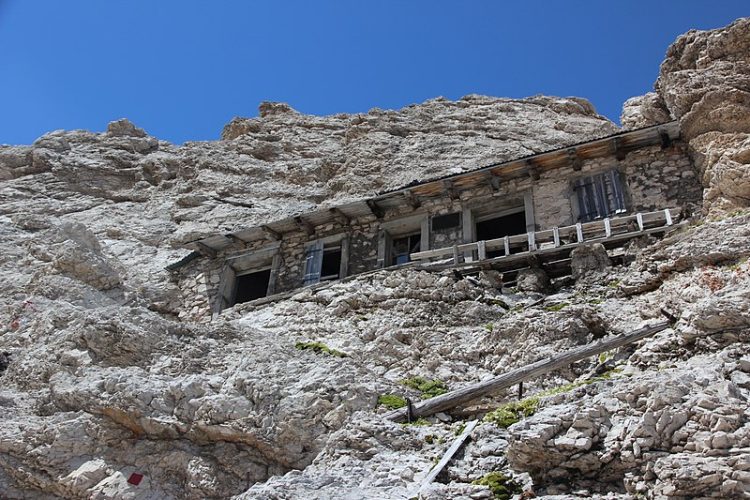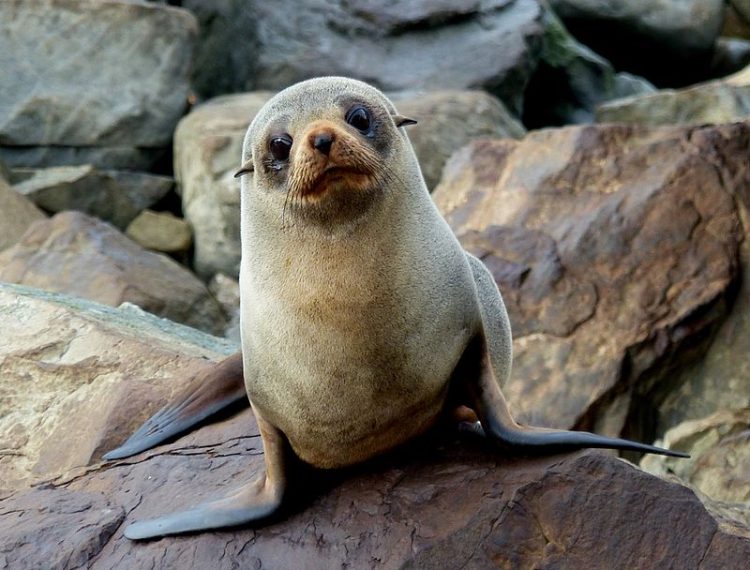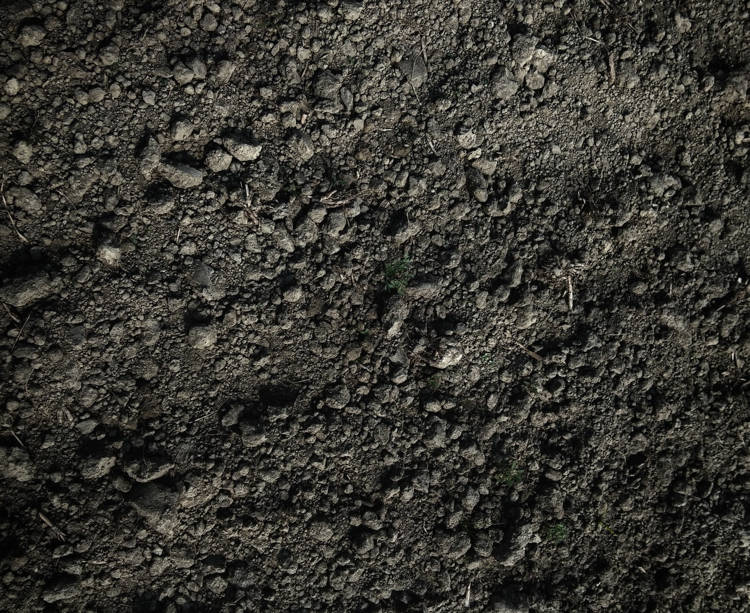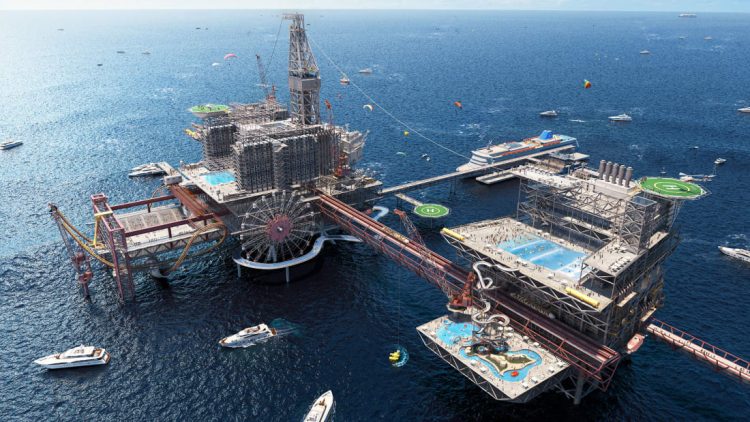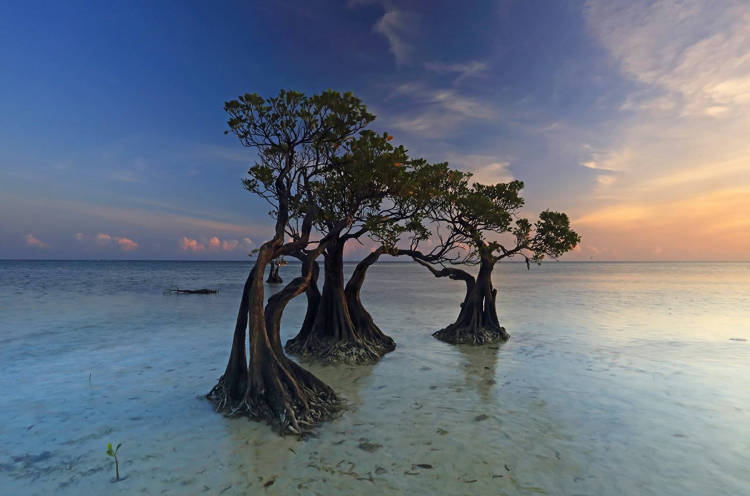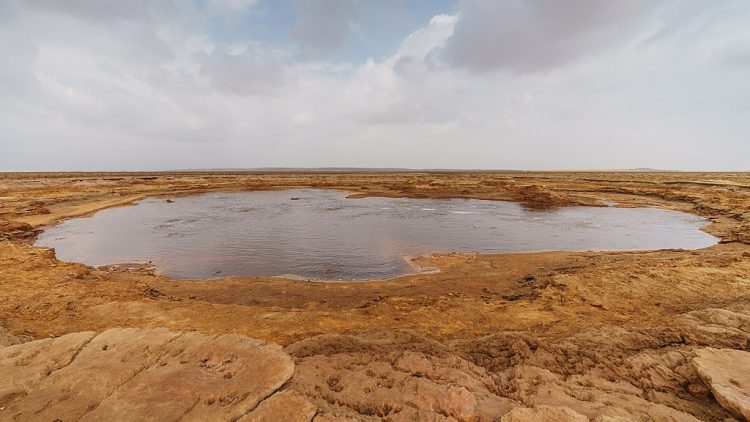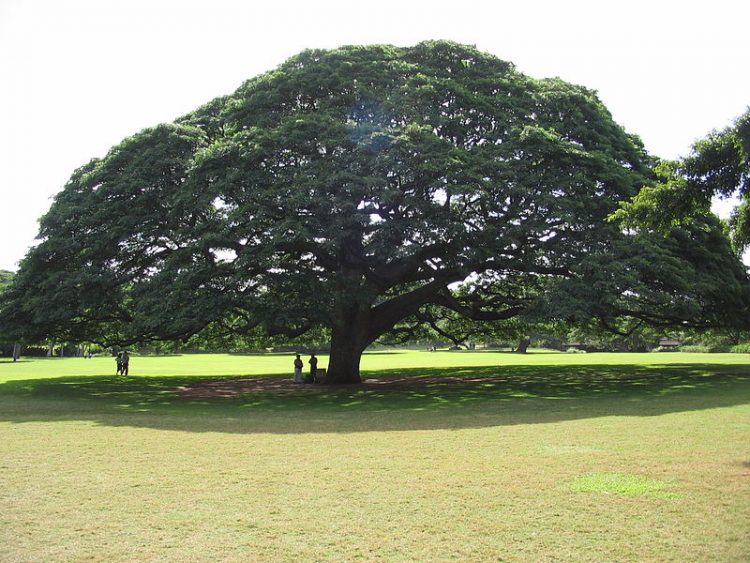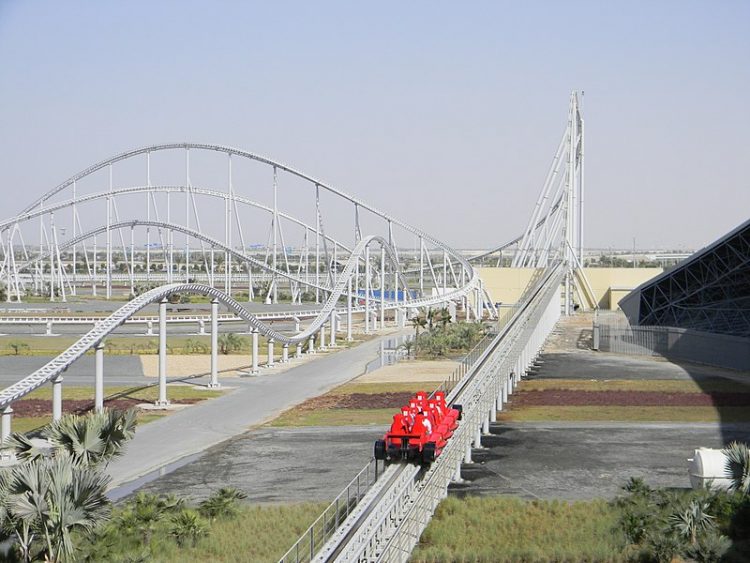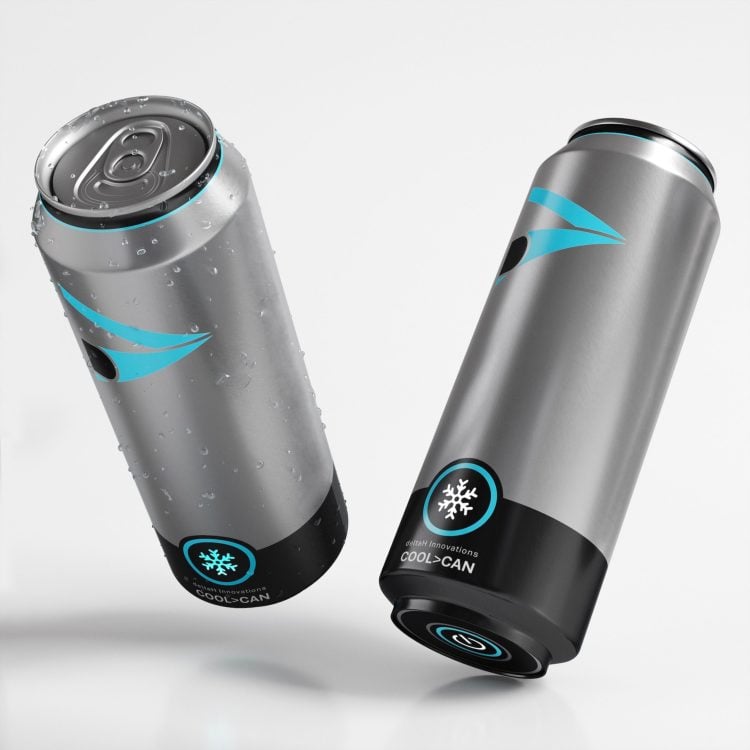The Areia Preta beach in the Brazilian city of Guarapari is famous for its black sand which has external radiation levels of almost 400 times the normal background radiation recorded in the US.
Brazil has hundreds of miles of beaches, but none are quite like “Praia Da Areia Preta”, in Guarapari. The sand in this region, particularly the black sand, contains moderate quantities of monazite, a phosphate mineral rich in several rare-earth elements, including uranium and thorium. Research has shown that background radiation on Areia Preta can reach 175 mSv per year, or 20 μSv/h, while some spots, particularly those with lost of black sand, have radiation levels of up to 55 μSv/h. To put that into perspective, the average radiation exposure level across the United States is about 0.34 μSv/h, while an X-ray gives people a one-time exposure to about 100 μSv.

